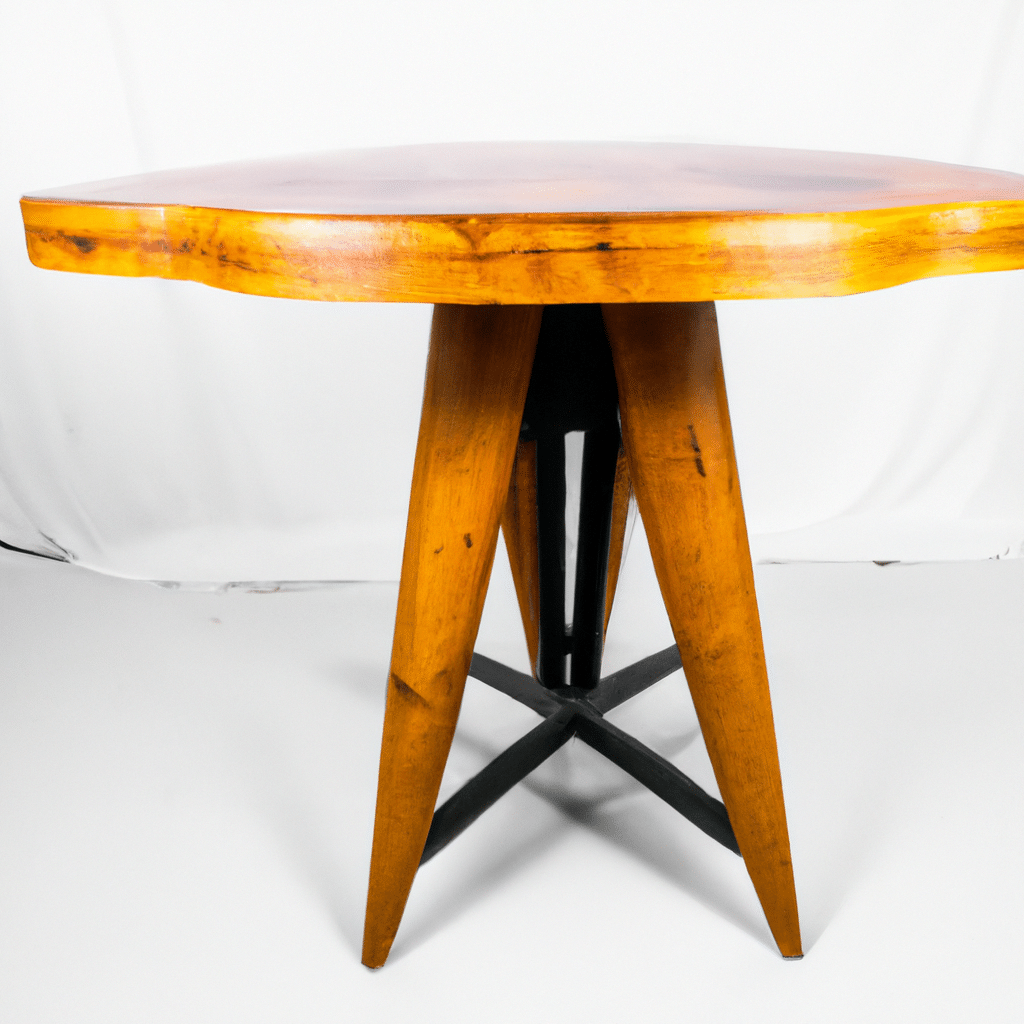In recent years, a remarkable trend has emerged in the world of furniture design: the rise of repurposing. This innovative approach to creating furniture not only showcases the creativity and ingenuity of designers but also addresses the growing concern for environmental sustainability. By salvaging materials and giving them a new lease on life, modern furniture design has taken on a whole new dimension. In this article, we will explore the captivating world of repurposed furniture and its impact on the industry.

The Environmental Imperative
Reducing waste through repurposing
One of the primary motivations behind the rise of repurposing in furniture design is the urgent need to address the mounting waste crisis. With landfills overflowing and resources depleting at an alarming rate, repurposing offers a sustainable solution. By rescuing discarded materials and transforming them into functional and aesthetically pleasing furniture pieces, designers are able to contribute to a more circular economy.
The carbon footprint of traditional furniture manufacturing
Traditional furniture manufacturing processes often involve the extraction of raw materials, extensive energy consumption, and the release of harmful pollutants. In contrast, repurposing relies on salvaging existing materials, reducing the need for resource extraction and minimizing the carbon footprint associated with production. By embracing repurposing, the furniture industry can make significant strides towards a greener future.
The Art of Repurposing
Embracing imperfections and unique character
One of the most intriguing aspects of repurposed furniture is its inherent charm. Each salvaged material carries a history, a story waiting to be told. Whether it’s weathered wood, vintage textiles, or reclaimed metal, these materials often bear the marks of their previous life, adding character and depth to the final piece. Designers have embraced these imperfections, turning them into captivating features that make repurposed furniture truly one-of-a-kind.
Innovative design techniques
Repurposing materials requires a high level of creativity and resourcefulness. Designers must envision new uses for discarded items and find innovative ways to transform them into functional furniture. This process often involves experimenting with different techniques and materials, pushing the boundaries of traditional design practices. From upcycling old doors into stunning dining tables to transforming industrial pipes into stylish shelving units, the possibilities are endless in the world of repurposed furniture.
The Resurgence of Handcrafted Furniture
Celebrating artisanal craftsmanship
As the mass-production of furniture became the norm, the art of handcrafting began to fade into the background. However, the rise of repurposing has sparked a renewed appreciation for artisanal craftsmanship. Designers who repurpose materials often rely on their own hands, skills, and tools to bring their creations to life. This hands-on approach not only ensures the uniqueness of each piece but also fosters a deeper connection between the maker and the final product.
Supporting local and independent artisans
Repurposed furniture is often crafted by local and independent artisans who value quality over quantity. By purchasing repurposed pieces, consumers not only acquire unique and sustainable furniture but also support these talented craftsmen and women. This shift towards supporting local businesses helps to create a more vibrant and diverse furniture market, fostering a sense of community and sustainability.
The Impact on Interior Design
Eclectic and personalized spaces
Repurposed furniture has the ability to transform interior spaces into eclectic and personalized havens. Whether it’s a repurposed barn door serving as a statement piece in a living room or a reclaimed wooden table adding warmth to a dining area, these unique furniture items have the power to create inviting and visually striking environments. Interior designers are increasingly incorporating repurposed pieces into their projects, allowing for a more personalized and sustainable approach to design.
Bridging the gap between past and present
By repurposing materials from the past, modern furniture design bridges the gap between different eras and styles. The juxtaposition of old and new creates a sense of intrigue and nostalgia, adding depth and character to interior spaces. Whether it’s combining mid-century modern elements with salvaged industrial materials or incorporating vintage textiles into contemporary designs, repurposed furniture allows for a seamless blend of the past and the present.
Conclusion
The rise of repurposing has revolutionized the world of furniture design, offering a sustainable and creative alternative to traditional manufacturing processes. By salvaging materials and transforming them into unique and functional pieces, designers have breathed new life into discarded items. The environmental imperative, coupled with the appreciation for artisanal craftsmanship and the impact on interior design, has propelled repurposed furniture to the forefront of the industry. As we move towards a more sustainable future, the trend of repurposing is set to continue shaping modern furniture design, providing us with a glimpse of what can be achieved when creativity and sustainability converge.








